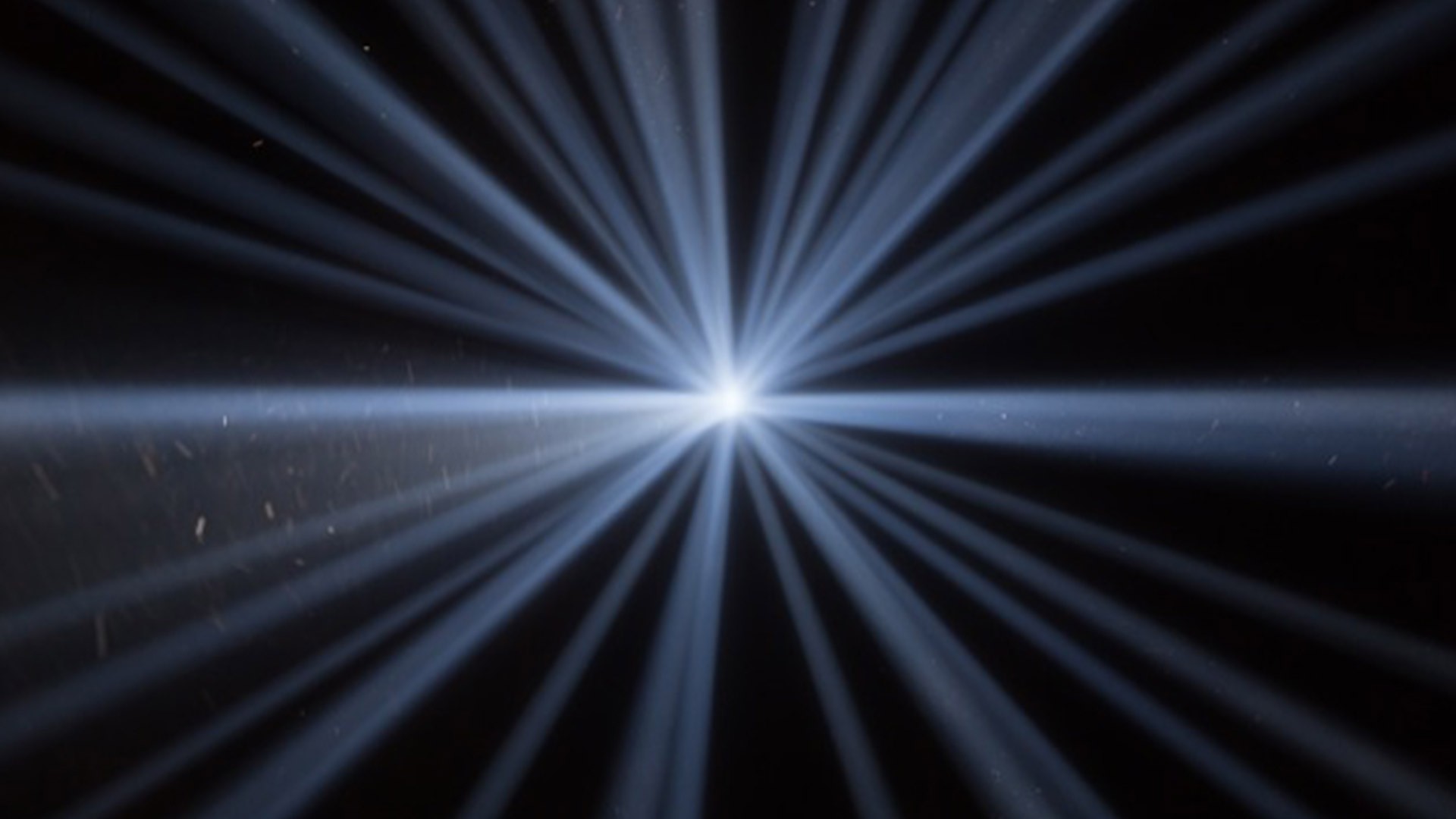Our traditional relationship with light
It is taught in schools that human eyes have two types of receptor: low-light sensitive rods that see in black and white, and less sensitive, full-colour sensing cones. Most of the time we use both types of sensor to trap delicate photons of light, which enable us to ‘see’. (Our article on ‘On Topics’ provides more information on how and when we use the sensors.) Physiologically speaking this is our traditional relationship with light: light reacts with the sensors and we interpret it as vision.
However, this traditional relationship is being challenged. In the 1990s a third type of receptor called a ganglion cell was discovered in the eye and this has offered a tantalising insight into a much deeper physiological relationship with light.
It is thought Ganglion cells support the regulation of our circadian rhythms by reacting to blue light. Circadian rhythm is our natural wake / sleep cycle. It is controlled by the production of melatonin, serotonin and cortisol. Evidence is gathering that suggests blue light causes the body to suppress production of melatonin (which makes us sleepy), while promoting production of serotonin and cortisol (which make us alert).
The circadian cycle coincides with the cycle of the sun, making us sleepy at night and alert during the day. There is a good proportion of blue light in daylight and the colour temperature shifts throughout the day to reveal the greatest amount of blue light in the middle of the day (when we are most alert). Humans also have ‘dips’ during the day when serotonin levels tail off, most noticeably around 2pm.
It is therefore easy to see that artificial light can be used to influence the circadian rhythm. Different light sources have different colour temperatures and therefore differing blue content. Increasing the blue content during a ‘dip’ in serotonin will make a person more alert and more productive.
This knowledge is already being put to good use in trials of a dynamic lighting control system in a school in Surrey where teachers have the ability to select different lighting scenes depending on the time of day, task and mood of pupils. The study has revealed some powerful results with test results of a control group up by as much as 40%.
This is only one of many studies taking place, but it indicates that we have a unique opportunity to use the physiological benefits of light.
However, a cautionary word, before we all rush off to purchase new blue lamps. There is limited understanding of the impact of light on our circadian rhythms and we have no understanding whether prolonged exposure could be detrimental to our health. Many office workers complain of ‘burn-out’ and while lighting clearly isn’t the only factor, the high blue content in fluorescent lamps may contribute in some small part.
You may also want to consider using compact fluorescent lamps next to your bed at night, just in case … one more point for the save the bulb campaign.
Image: Nulty


